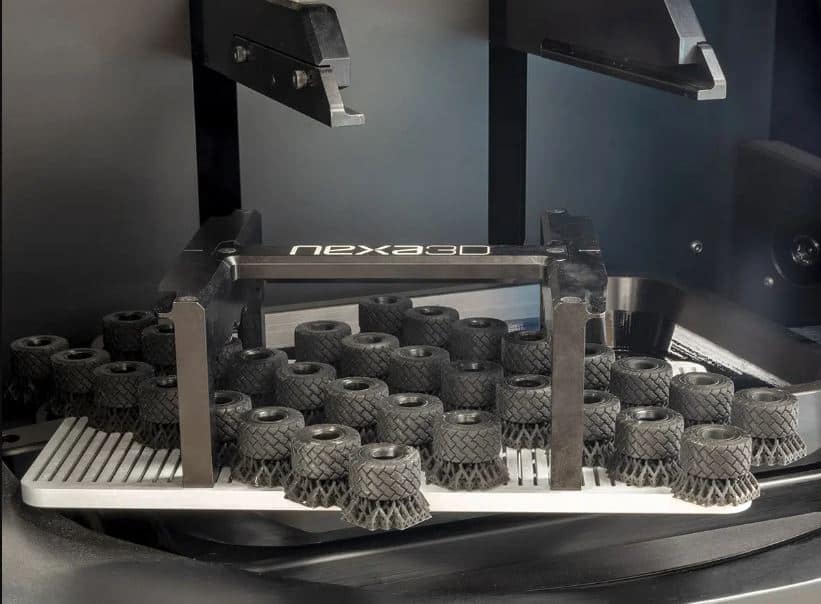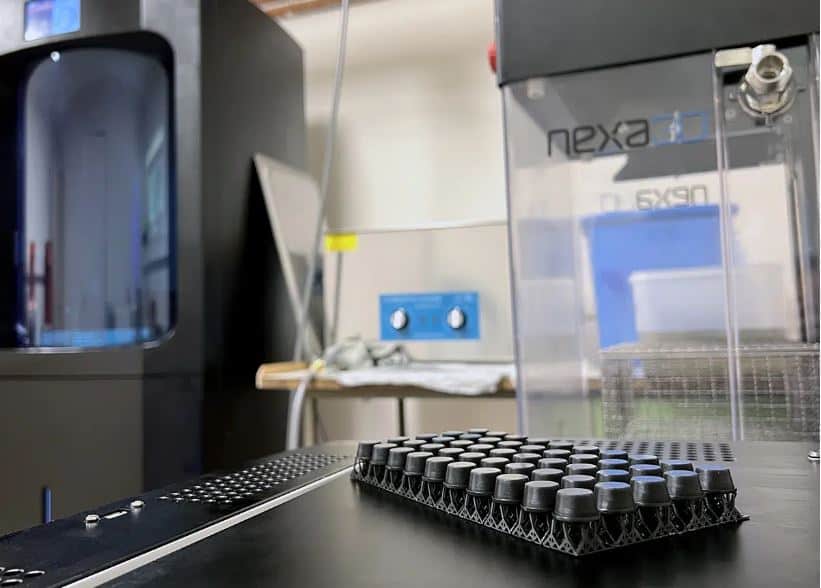KADEN, a Czech mechanical model car manufacturer, was started in 1950 when the country was still communist Czechoslovakia. The company is located in the small town of Nový Hrádek, in the Orlicke Mountains on the Czech Republic’s border with Poland.
More from the News
Initially founded as a commune of companies under government control – KADEN dedicated itself to carpentry and tool shop work. Under new orders in the 1960s, the company pivoted into manufacturing metal toys, such as the Škoda 1203 model van, which was manufactured between 1968 and 1981. KADEN has produced over a million metallic toy models of these vans.

During the 1990s, KADEN, along with many other companies in Europe, had been facing increasing foreign competition due to the lower costs of outsourcing labor and production to Asia – particularly China. This tendency had a particularly negative effect on countries in Eastern Europe, which were trying to rebuild and establish themselves after the collapse of communism in 1989. By 2010 only two major diecast toy manufacturers were still operating in Europe. Leading up to 2020, KADEN had been reduced to a company of about 40 workers, who provided specialized assembly services for other model manufacturers.
However, in 2020 Filip Klepek was named as the new Managing Director of KADEN, and he quickly saw the need to bring production back to Europe, and attempt to revive the industry.
“I want to deliver know-how and added value while not having dependency on outside providers,” said Filip Klepek.

When Klepek received a cold call from Industrial Technology Systems (ITS), he was introduced to Nexa3D. The two companies then performed a series of benchmark test parts, from KADEN’s own CAD designs, and saw the value Nexa3D’s NXE 400 printer could bring to reshoring KADEN’s manufacturing process.
By incorporating Nexa3D solutions into their workflow, KADEN was able to 3D print a full plate, of the same parts, in a fraction of the time compared to their previous nine-hour-long production time. Nexa3D’s xPRO410 resin allowed KADEN to manufacture the detailed interiors of their highly collectible model cars as well as produce functional prototypes.
The adoption of in-house additive manufacturing has enabled KADEN to return to a form of its original in-house manufacturing and compete with foreign companies. In addition to this, by investing in an AM system with a larger build plate, the team found that they were decreasing design and production costs while increasing output and quality. For example, KADEN is now able to produce 108 model car tires in 34 minutes (by stacking 3 layers of 36 model tires in a single production run) using Nexa3D’s xFLEX Black resin.
KADEN now aspires to manufacture model parts for other companies and expand its production capabilities to other European manufacturing operations.
Subscribe to AM Chronicle Newsletter to stay connected: https://bit.ly/3fBZ1mP
Follow us on LinkedIn: https://bit.ly/3IjhrFq
Visit for more interesting content on additive manufacturing: https://amchronicle.com/


